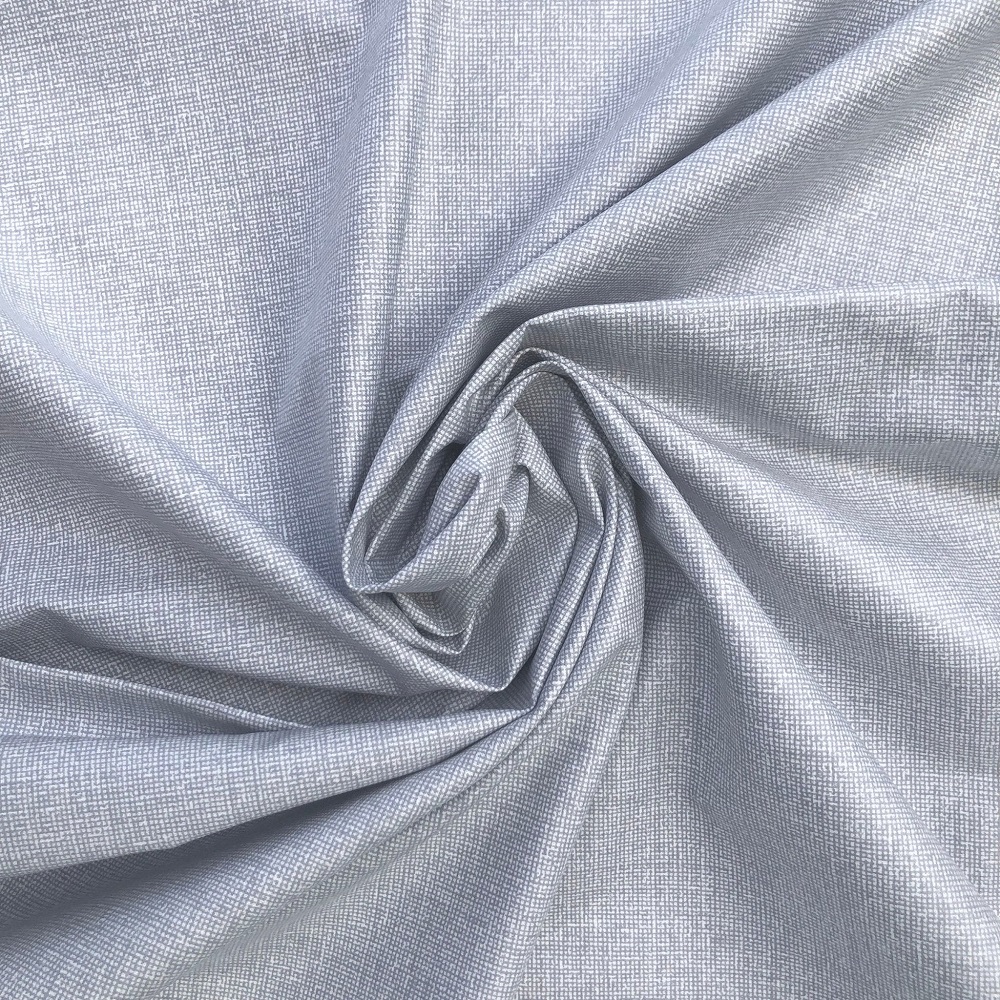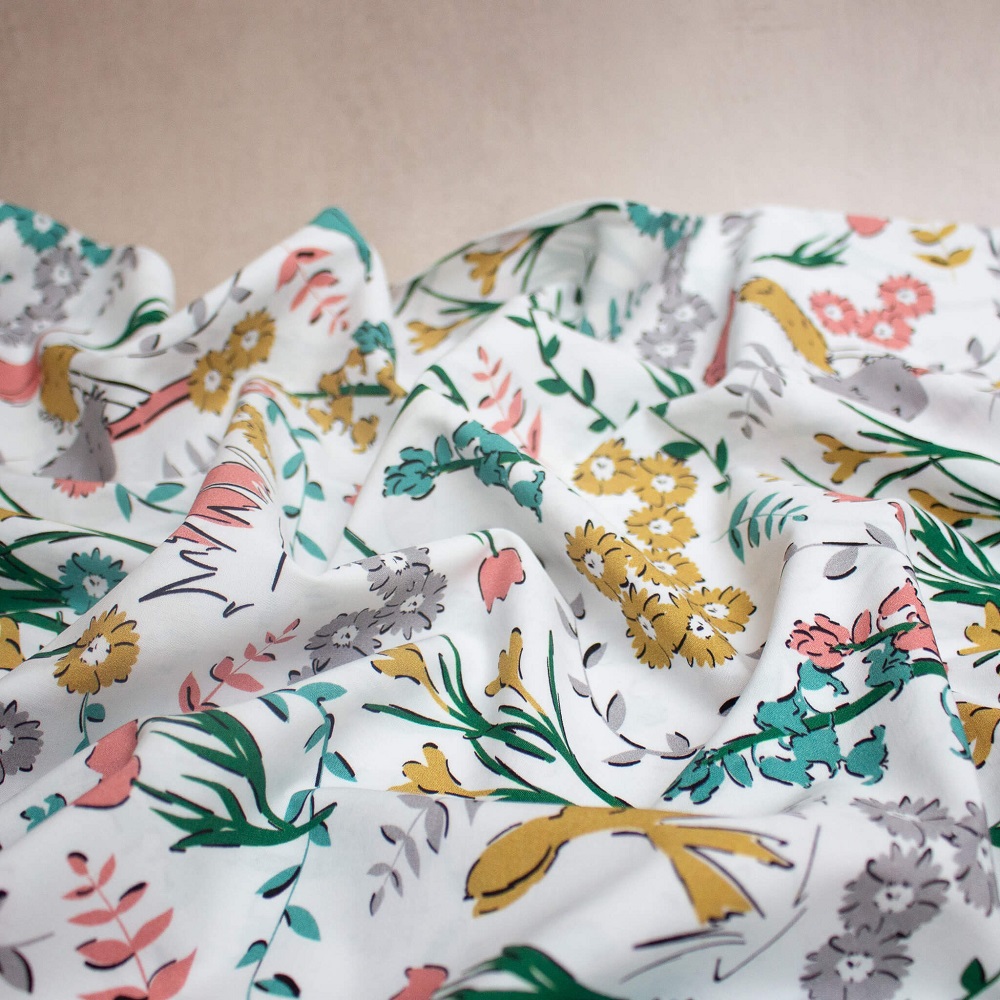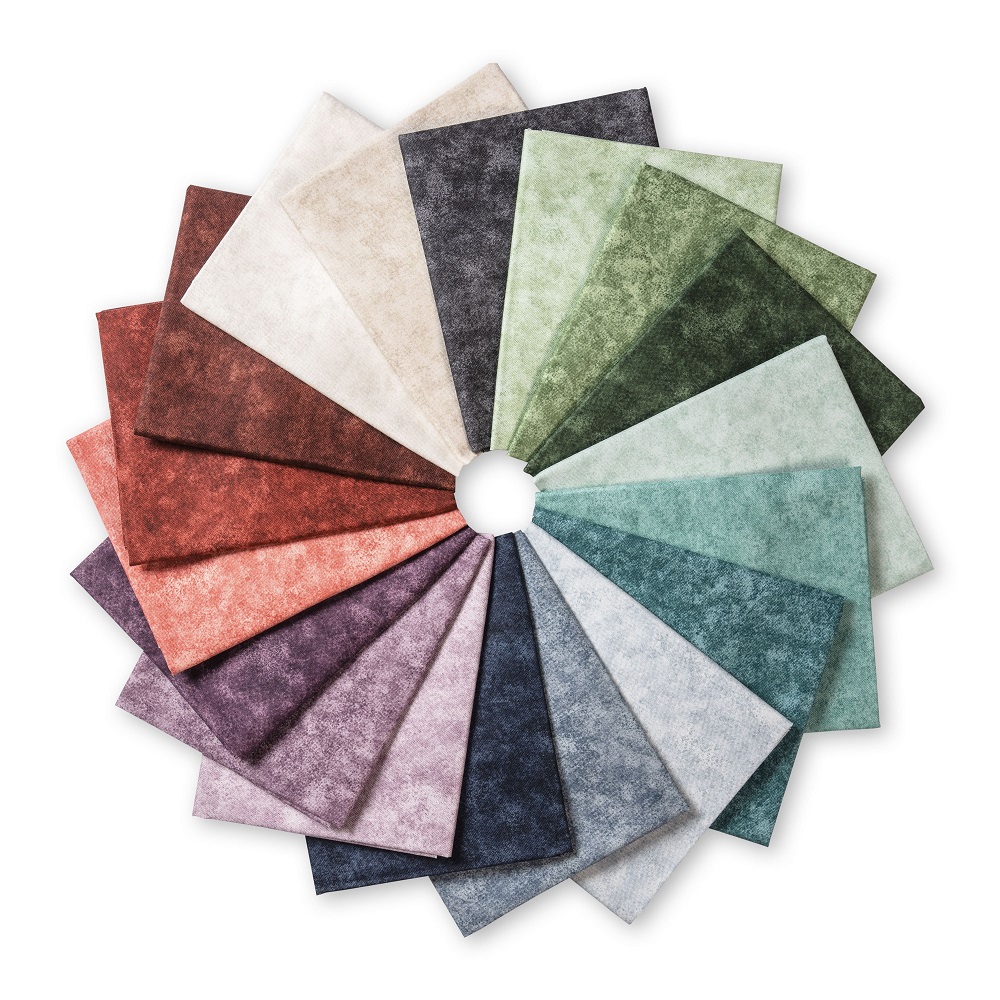Introduction to Cotton Fabric
Cotton fabric is universal, loved for its comfort, breathability, and versatility. When beginning a project, it’s essential to understand the types of cotton fabric available. Each type offers unique qualities making them suitable for various applications, from fashion to home decor. Originating from the cotton plant, this natural fiber undergoes different processing methods. These produce a range of textiles differing in texture, durability, and care needs.
Choosing the right type of cotton fabric can influence the outcome of your project. Some types of cotton fabric boast a high thread count for luxury, while others are praised for their organic properties. Knowing about Egyptian, Pima, and Organic cotton helps make an informed decision. Moreover, considering Upland cotton is worthwhile for more economical projects. Let’s delve into each type’s specific characteristics and potential uses, which will follow in the subsequent sections of this blog. Understanding these varieties lays a foundation for selecting the perfect type of cotton for your project needs.

Key Factors to Consider When Selecting Cotton Fabric
Selecting the right cotton fabric is crucial for any project. Let’s explore key factors to help you decide. Each factor plays a role in how your final product will behave and hold up over time. We’ll delve into texture, durability, and the purpose of your project.
First, consider thread count. A higher thread count often means a softer and more luxurious fabric. High thread count is ideal for projects where comfort is paramount, such as bedding or fine garments.
Next, think about fabric weight. Cotton comes in a range of weights. Lightweight cotton is excellent for breezy summer clothes or curtains. Medium-weight cotton suits a variety of projects, from quilts to everyday wear. Heavyweight cotton is perfect for upholstery or outerwear that needs to withstand wear and tear.
Durability is another key factor. Fabrics like denim, a type of twill weave cotton, are strong and durable. They are suitable for items that will see a lot of use, like jeans and jackets.
Don’t forget about the finish of the fabric. Some cotton fabrics undergo chemical treatments to give them a special finish, like wrinkle resistance or water repellency. Consider these finishes based on the practical needs of your project.
Lastly, color and pattern matter too. They can greatly affect the look of your finished piece. Keep in mind that printed cottons might fade with washing and wear, while dyed cottons tend to maintain their color better.
Keep these factors in mind, including thread count, weight, durability, finish, and color or pattern, when choosing the types of cotton fabric for your next project.
The Diversity of Cotton Fabrics
The cotton fabric world is rich and varied. Each type offers unique benefits. This makes choosing the right one essential for your project’s success. Below, we explore four popular types of cotton fabric. We look at what sets them apart.
Egyptian Cotton
Egyptian cotton is synonymous with luxury. Its long fibers produce a soft, smooth feel. This cotton is ideal for fine linen and high-end garments. It holds up well to repeated washing. This makes it a top choice for durability and comfort.
Pima Cotton
Pima cotton is known for its superior strength and sheen. It comes from the same family as Egyptian cotton. But, it primarily grows in the United States. Its extra-long fibers make it resistant to fading. It’s great for quality clothing and bed sheets.
Organic Cotton
Organic cotton stands out for its environmental friendliness. It’s grown without harmful chemicals and pesticides. This type of cotton is good for those with sensitive skin. It also appeals to eco-conscious consumers. Its softness and purity make it favorable for baby clothing and eco-friendly apparel.
Upland Cotton
Upland cotton is the most common type and has shorter fibers. It’s more affordable, making it accessible for various projects. This includes everyday clothing and household items. Its lower cost does not mean lower quality. Upland cotton provides good durability and is a practical choice for numerous applications.

Cotton Fabric Weaves Explained
Understanding the weave of cotton fabric is crucial when selecting material for your project. Different weaves not only affect the texture and appearance of the fabric, but also its strength and suitability for various uses. We will take a closer look at three common cotton weaves: plain, twill, and sateen.
Plain Weave
Plain weave is the most basic and common type of cotton fabric weave. It’s made by interlacing warp and weft threads in a simple criss-cross pattern. This weave produces a strong, durable fabric that is not prone to wrinkling and is used in a variety of applications, from clothing to bedding. Some well-known examples of plain weave cotton include percale sheets and muslin cloths.
Twill Weave
Twill weave is recognizable by its diagonal rib pattern. This structure makes the fabric more durable and less likely to wrinkle than plain weave. It drapes well and provides a softer feel, which is why it’s used for items like jeans and jackets. Twill weave cottons, such as denim and gabardine, are excellent for everyday garments that need to withstand a lot of wear.
Sateen Weave
Sateen weave creates a smooth, glossy surface on the fabric, giving it a luxurious feel. Its weave pattern allows more thread surface to be exposed, resulting in a higher sheen and a slightly heavier drape. This type of weave is often found in finer bedding and elegant garments. However, sateen cotton is more prone to wear and tear than other weaves, so it’s best used for items that won’t undergo intense use.
Cotton Fabric Weights and Their Uses
When you’re picking out types of cotton fabric, weight is a key factor. Fabric weight affects both the feel of the material and its best use. Below, we’ll review the different weights of cotton and when to use them.
Lightweight Cotton
Lightweight cotton is thin and breathable, perfect for summer days. Examples include voile and lawn. Use this kind when making breezy blouses, dresses, or linens. It’s also great for sheer curtains that let light through.
Medium-Weight Cotton
Medium-weight cotton has a balance of durability and softness. It’s not too heavy or too light. Think of classic button-down shirts, children’s clothes, or bed covers. This weight is the versatile choice for everyday needs.
Heavyweight Cotton
For projects that need to last, go for heavyweight cotton. It’s thick and strong. Denim and canvas fall into this category. Ideal for jeans, work clothes, and upholstery, this fabric can take a lot of wear and keep its shape.

Caring for Different Types of Cotton Fabrics
Caring for cotton fabrics correctly extends their life and maintains their quality. Different types need distinct care methods. It’s important to know these to keep your cotton looking its best.
Washing Instructions for Cotton
Always check the label for washing instructions. Most cotton fabrics are machine washable. Use warm water for white and colorfast cottons. Cold water is best for colored fabrics to prevent fading.
Drying Cotton Fabrics
Air-dry lightweight cotton to avoid shrinkage and maintain shape. Tumble dry heavier cottons on a low or medium setting. Remove them promptly to reduce wrinkles.
Ironing Cotton Material
Iron cotton while it’s slightly damp for easier crease removal. Use a high heat setting for most cotton types. Steam can help remove stubborn wrinkles.
Storing Cotton Garments
Store cotton in a cool, dry place. Use padded hangers for hanging clothing to prevent stretching. Folding is better for heavy cotton items.
Tips for Longevity
Avoid bleach which can weaken cotton fibers. Wash with a gentle detergent. For stains, use a pre-treatment solution before washing.
By following these care tips, you ensure that your types of cotton fabric remain in prime condition, project after project.
Common Projects and the Best Cotton Fabrics for Them
When starting a project, the right cotton fabric can make all the difference. Here’s a guide to match common projects with the best types of cotton fabric.
Quilting Projects
For quilting, medium-weight cotton, like quilting cotton or broadcloth, works best. They maintain shape and are easy to sew.
Fashion Garments
Choose light to medium-weight cotton fabrics for garments. Fabrics like cotton voile, lawn, or poplin offer comfort and ease of movement.
Bedding
Egyptian or Pima cotton, known for their softness and durability, are ideal for luxury bedding. Choose high thread count types for the best feel.
Baby Clothes and Accessories
Go for organic cotton for baby items. It’s soft, gentle on the skin, and free from chemicals.
Home Decor
For home decor like curtains or upholstery, opt for heavyweight cottons, such as duck or canvas, which offer durability.
Event Linens
Choose heavyweight or medium-weight cotton, depending on the desired drape and feel, for tablecloths and event linens.
Each of these projects benefits from specific ‘types of cotton fabric’. Selecting correctly ensures a result that looks great and functions well.
